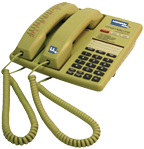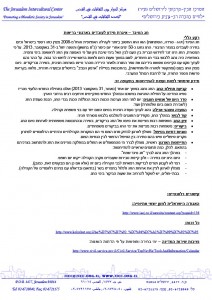MiniActive at the Shared Living in a Mixed City Conference
Excitement was in the air on November 21 at the Shared Living in a Mixed City conference, which was organized by the Jerusalem Foundation, the Adam Institute for Democracy and Peace, and the Jerusalem Institute for Israel Studies. At the conferencem, we provided an overview of the amazing achievements and methodology of the Miniactive program in the session entitled, “Providing Service” – Municipal Services in Mixed Cities.” The session shed light on the tensions between ultra-Orthodox and non-ultra-Orthodox Jews in Beit Shemesh, the struggle for equal housing and education rights for Arabs in Jaffa, and on MiniActive project in East Jerusalem.
We started by describing what the project had done. Picture after picture of ‘before’ and ‘after’, a garbage receptacle, a traffic light, a safety barrier, a bus stop, water drainage. Everyday change taking place in almost every neighborhood. She then described the project’s methods of bombarding the 106 municipal hotline with requests and pictures, letters, etc.; of providing tours of different streets for municipal unit heads to see with their own eyes. Of organizing meetings between 106 workers and MiniActive volunteers, so they can learn the work process of the 106 hotline to make their work more effective.
From behind the words and pictures came the message – this is our house, and it’s time that we fight for it to be a pleasant place to live. And the Municipality and other service providers – it is their obligation to give us the services.
The description inspired everyone in the room. “Miniactive has brought about a huge change,” began Dr. Hagit Perez of the Department of Epidemiology, Ben Gurion University of the Negev, Chair of the session, and an activist in the south in her own right. “In these cases usually two groups are blamed: one, the victims usually blames themselves. How did they let themselves get into this situation? And the second to be blamed is the service provider, who doesn’t provide sufficient services. Here, Palestinian women have said, ‘Let’s solve our own problems. We can do anything, we have no limits. We, as mothers, want to make sure our children have a better future. We want to make the change not only I our own back yards, but make a change in in our whole community’s awareness.”
One audience member commented, “It’s truly inspiring how Palestinian women presented the program to us, what they’ve done and their accomplishments. She is such a change maker.”
A question from the audience was, “If this methodology was so successful, what about MiniActive in other groups, such as the Haredi public?” Well, we’re working on that, too…



